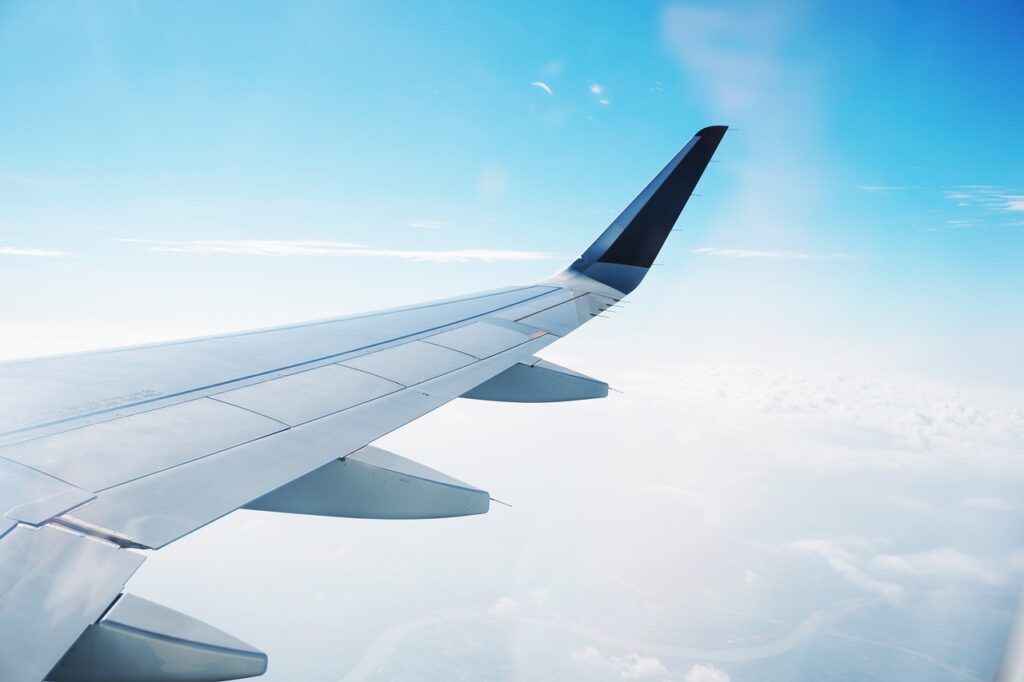Air New Zealand (ANZ) recently announced it would no longer meet its 2030 sustainability targets and has withdrawn from the Science Based Targets initiative.
Air New Zealand aimed for a 29% reduction in emissions intensity by 2030, relying on more efficient aircraft and Sustainable Aviation Fuel (SAF). Despite their proactive measures, including partnerships with electric-aircraft manufacturers, the airline has faced significant obstacles.
The grounding of A320/A321neo aircraft due to issues with Pratt & Whitney GTF engines has disrupted plans. Additionally, delays in the delivery of new 787s have forced ANZ to continue using older, less efficient 777s. Furthermore, despite securing SAF offtake agreements with EcoCeres and Neste, the airline doubts it can source sufficient SAF to meet its 2030 goals.
Air New Zealand’s ambitious targets and subsequent setbacks highlight the broader challenges faced by the aviation industry. Other airlines, such as International Airlines Group (IAG) and Ryanair, have also set 2030 targets. However, ANZ’s experience underscores the difficulty of achieving interim milestones, casting doubt on the industry’s ability to meet its 2050 net-zero emissions target.
The aviation industry has committed to reaching net-zero CO2 emissions by 2050. ANZ’s failure to meet its 2030 targets suggests that the 2050 goal may be overly optimistic, especially considering the anticipated growth in global air traffic. The assumption that net-zero can coexist with continued air traffic expansion needs reevaluation.
Setting and meeting interim milestones is crucial for the aviation industry to make meaningful progress towards net-zero emissions. ANZ’s experience serves as a cautionary tale, emphasizing the need for realistic and achievable goals. Other airlines must consider the technical, logistical, and supply chain challenges that can hinder progress.
